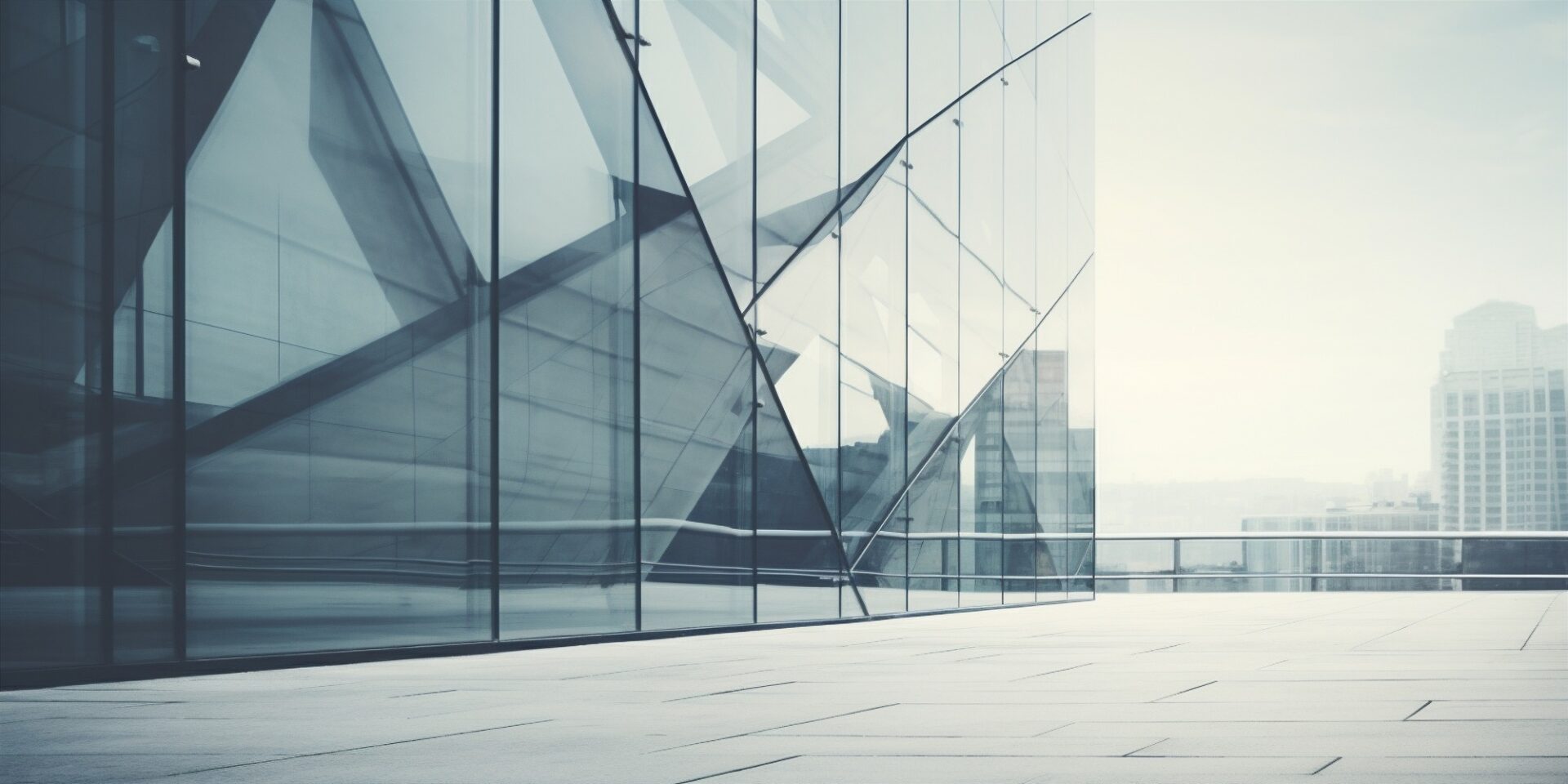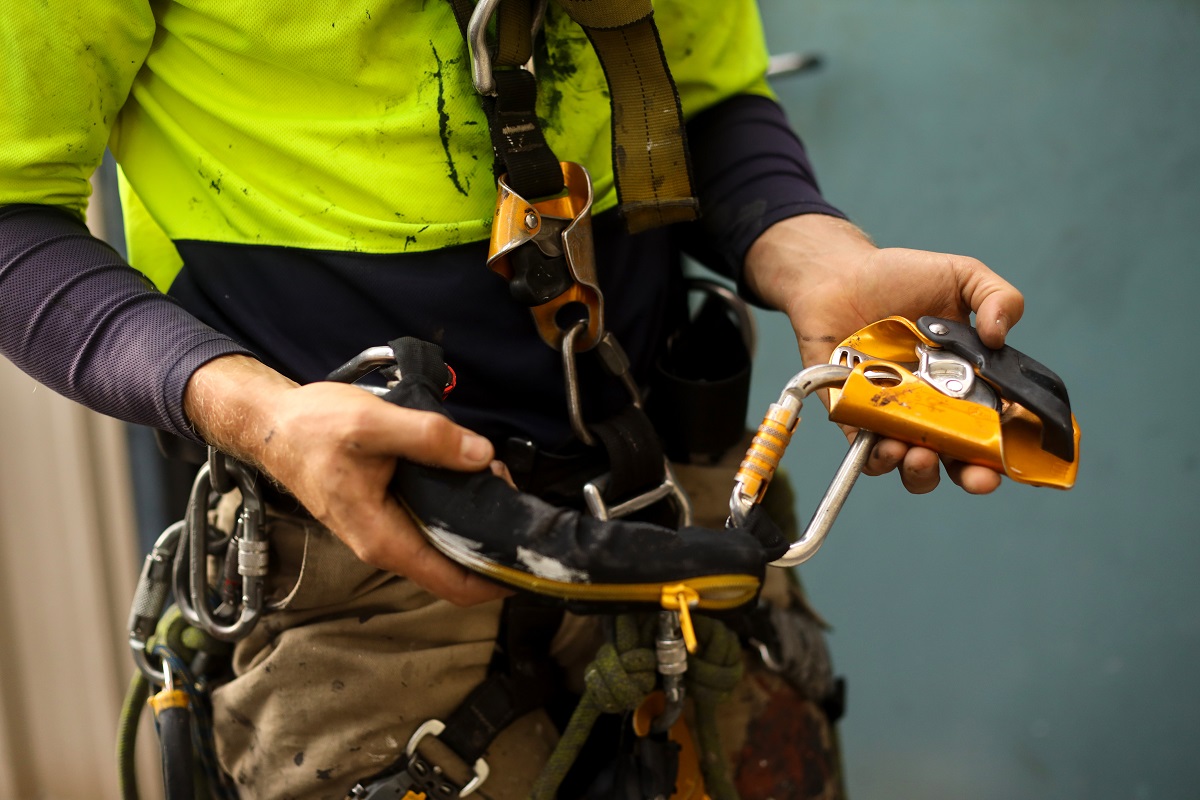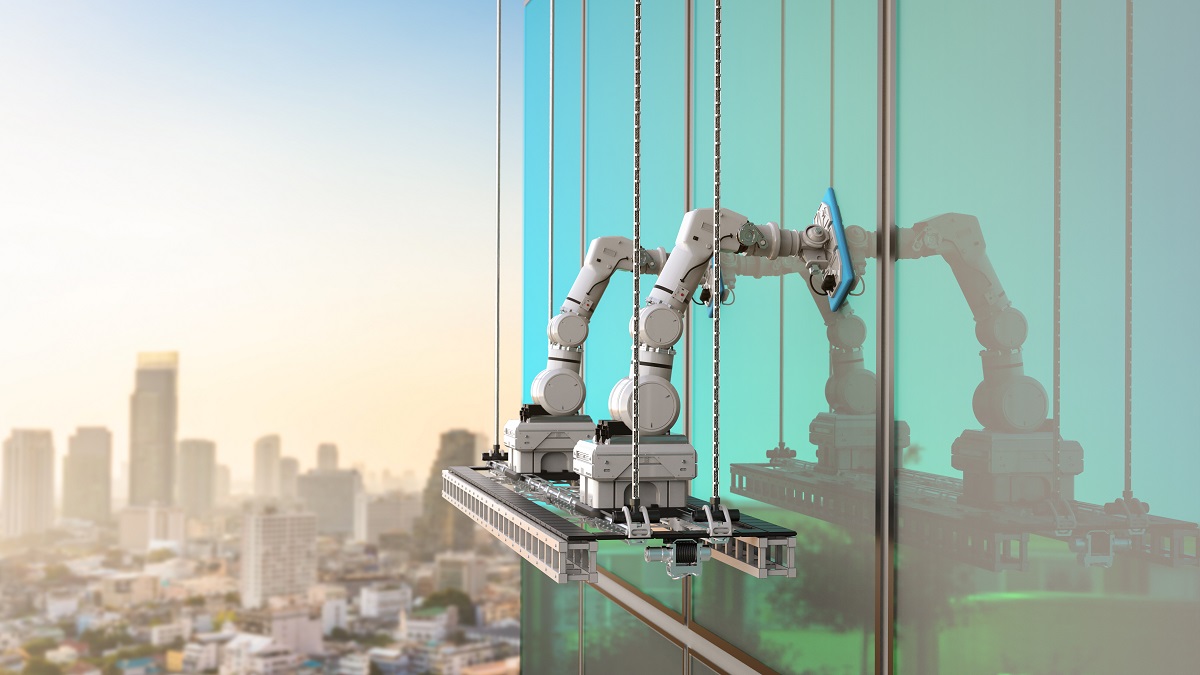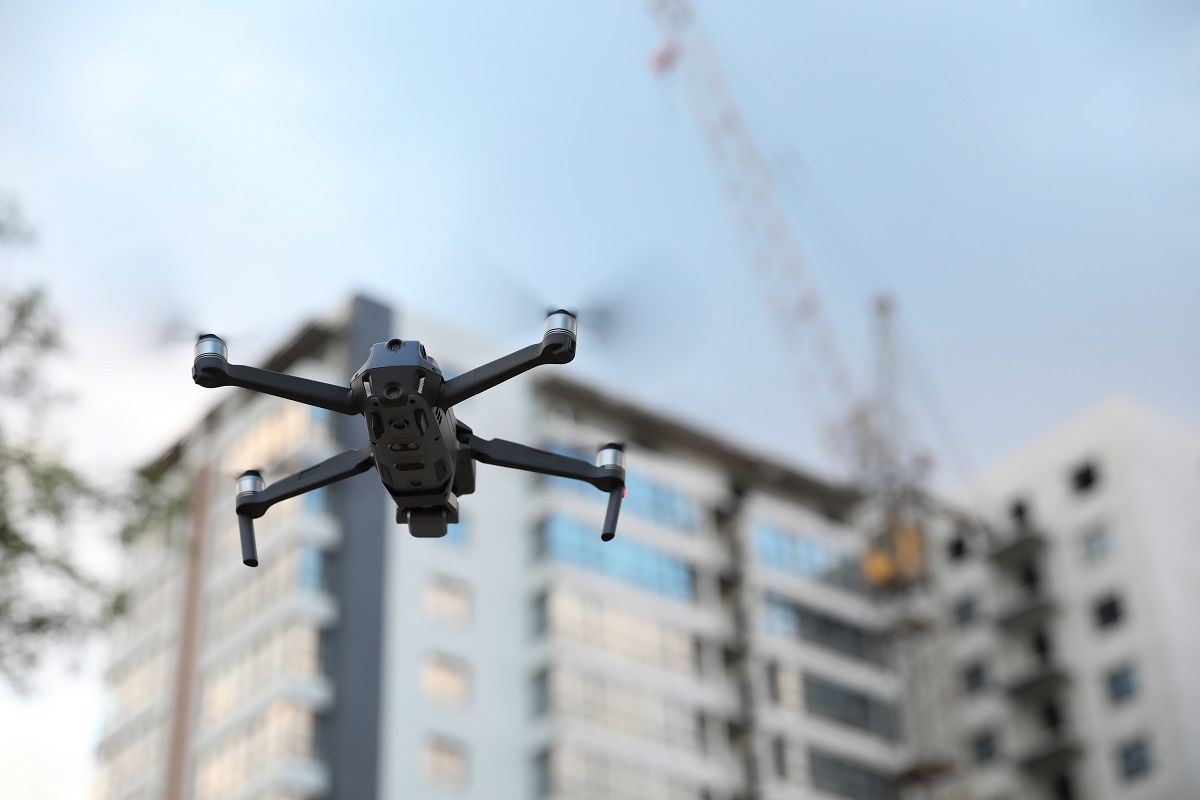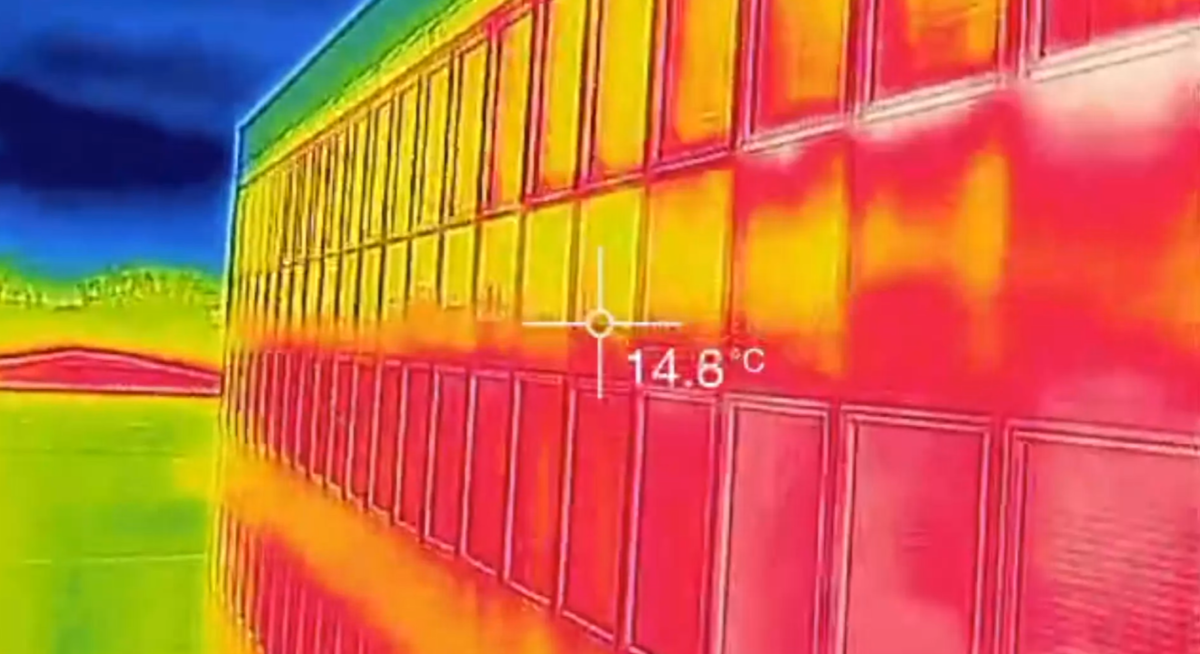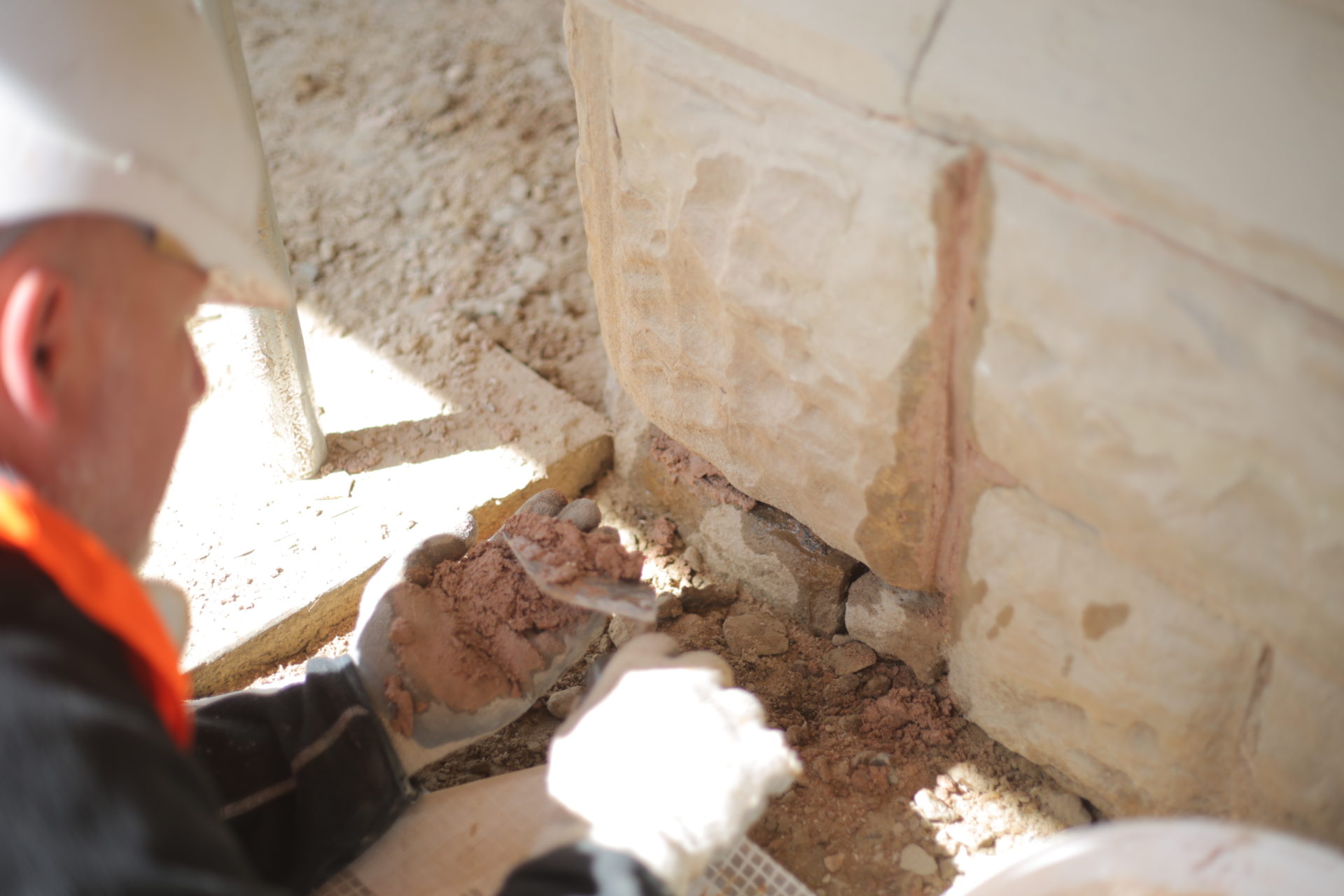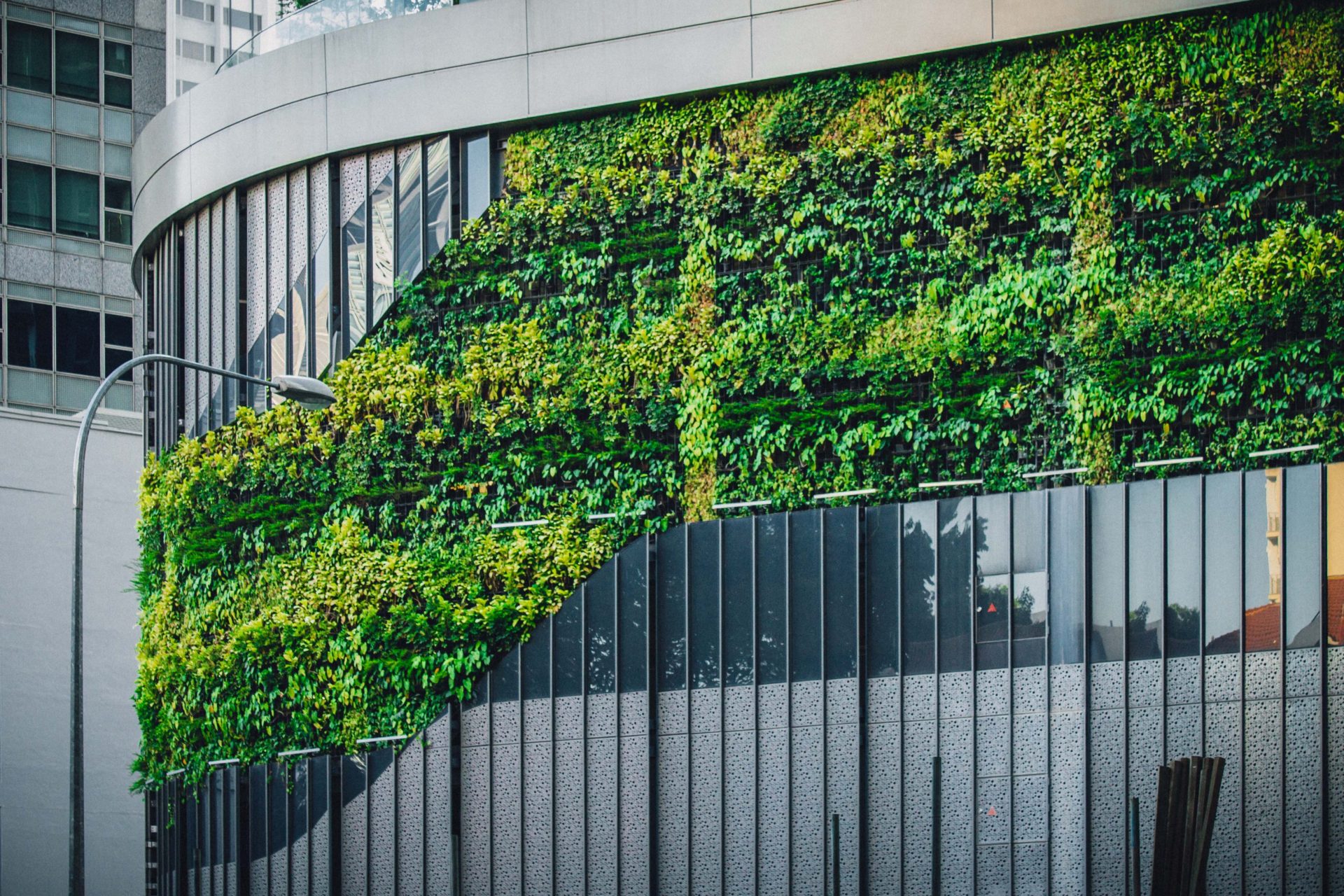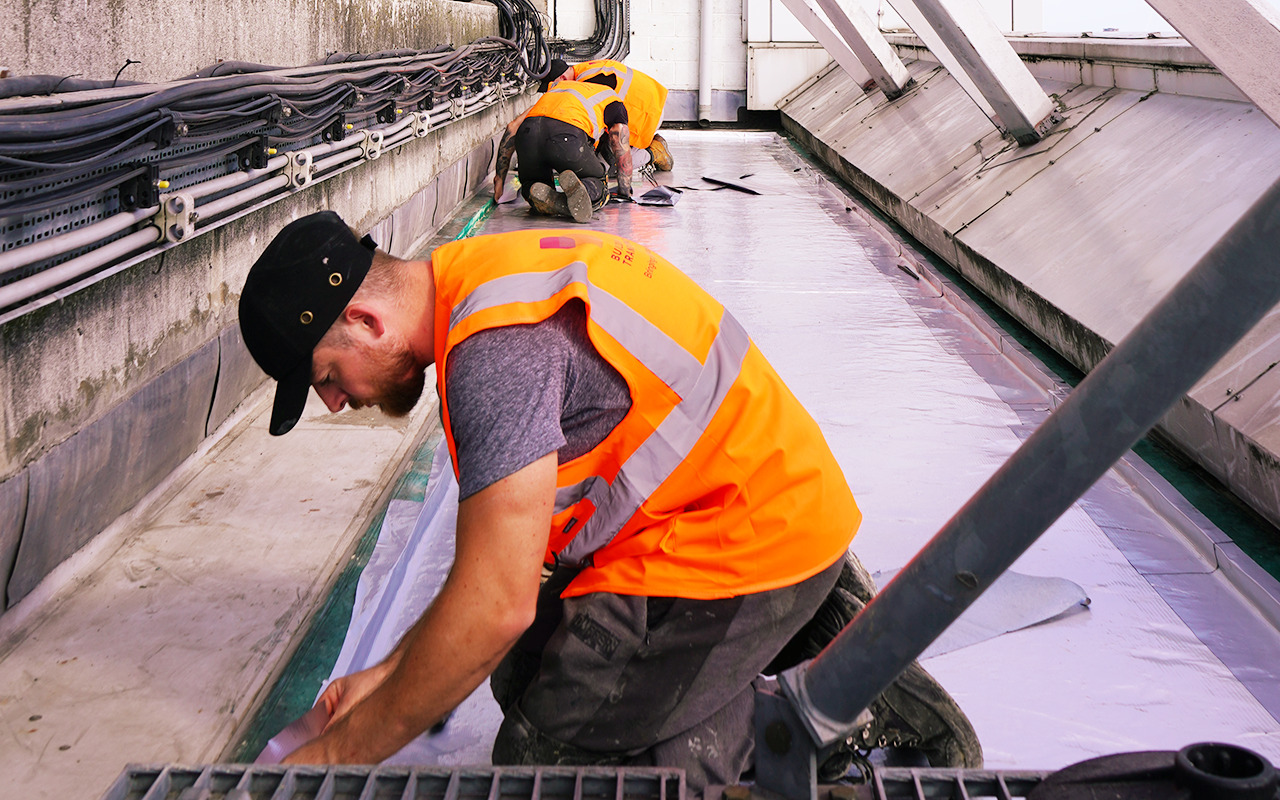It is not an overstatement to say a building’s façade is its most important element, for both architects and for users themselves. They are amongst the most difficult elements of a building to design because they become what it is known for and iconic and technologically advanced façade design change so quickly. Understanding trend data around façade design helps us see the direction the future is moving in and as façades become more advanced and sophisticated and technologies do the same, there is so much more scope for innovation.
After 2020, people have come to value their homes a lot more than they expected as so much time was spent in them. 2021 is a year where people are still expecting to spend more time in their homes, and this has influenced design in a range of ways. Craving for open space and nature has led to innovative designs which incorporate living elements in façade design, as well as building envelopes which incorporate roof gardens and extended outdoor space due to a high demand from consumers. It’s also worth remembering that as we are able to get out and about more and enjoy our urban environment once again, people will be looking for things to excite and engage them, so new and innovative building façade design will be in demand.
Materials we expect to see more of in 2021 all lean towards the sustainable and the durable, with energy efficiency an important factor too. Designers are finding new and innovative ways to combine sustainable materials for energy efficiency with buildings incorporating solar arrays on the rooftop as well as double-paned windows and high-quality insulated façade design, alongside durable exterior elements like steel panel and siding. Below is a closer look at some of the leading façade design trends we can expect in 2021.
Advanced Technology in Design and Construction
The development of new technologies to streamline all elements of the design and build process are always welcome. Sophisticated software and on-the-go apps are developed at an alarming rate, all with the purpose of providing architects with a more dynamic way of creating designs and completing their plans. Artificial intelligence has become of real interest to building façade designers as well as architects as it is able to take on much of the manual work architects would usually carry out. It is the first step towards the idea of Generative Design, where algorithms can be used to adhere to predetermined design requirements and help produce a range of potential options. Robotic construction techniques are also gaining interest as they become more advanced and can be trialled in real life environments.
Environmental and Carbon Neutral Focus
Carbon neutrality is a goal that environmentalists building firms and architects strive for with every development and many governments are also pushing for more focus on a carbon neutral approach to building and design as they strive to minimise their country’s carbon footprint. Building facades contribute significantly to the energy efficiency of a building which in turn helps to minimise the costs and issues associated with high energy bills.
The building’s envelope is an integral part of any building’s energy efficiency plan and finding ways to tighten the envelope has become a key focus for façade designers.
There are more exciting and innovative ways that building facades can play a role in the energy efficiency of a building with the continued development of energy harvesting façade technologies. The next generation of façades should be able to generate energy and some designs even suggest they may be able to be used for storage. Energy harvesting façades are a very real possibility as they allow the building to generate its own power and operate off grid and move towards full self-sufficiency. While no technology claims to be 100% ready there are several being trialled and tested including Building Integrated Solar Thermal (BIST), Solar Thermal Strip Collector (STSC) and Solar thermal UHPC façade panelling.
Striving for Icon Status
The word façade itself conjures up awe-inspiring and unforgettable buildings such as the Parthenon or the many eye-catching designs of Frank Gehry such as the Walt Disney Concert Hall or the Art Gallery of Ontario. Façade design is what gives people an impression of a building so its understandable that designers and architects strive to create something iconic. Even the most commonplace commercial designs have this sense of striving for iconic status and the desire to create designs that will be remembered. Aesthetic of course, can’t be the only focus of a design but future façades will look to combine inspirational design with practicality. Technology is allowing facades to be a meaningful element of the buildings they call home and there is no reason striking visuals can’t be combined with functionality for a future which satisfies both requirements.
Increasing Smart Elements
Smart building design is another development which links back closely to sustainability. Incorporating smart elements into future façades involves selecting and testing different technologies which enhance the quality and abilities of the building façade. A façade is considered smart when it adapts to environmental conditions and transforms accordingly. This happens when its components are able to adjust and adapt to different conditions either inside or outside of the building. Smart façades usually involve intelligent glazing which can maximise sunlight while protecting against solar radiation while also controlling ventilation and even heating. It sounds like a considerable number of different challenges for a single material, but glass has already been created to offer many of these functions.
Interactive and adaptive façade design is also another way of describing smart façade design. The wide and varied nature of adaptability and interactive façade design means it is an exciting and ever-growing area of interest in the industry. It is a key sector where research and capital is being invested into and the main focuses tend to be in glazing and in different types of wall. Facades are being developed to work with different kinds of building, not just those made mainly from glass. Other interesting developments include algae models, where glass façade is used to grow microalgae which can use the sun’s rays to heat water which can then be used in the building’s operations. This is just one example of how façades are becoming smarter.
Façade Safety Testing and Value Engineering
Performance testing is not the most common occurrence in façade systems, particularly at the design stage. It is extremely important to change this so the industry can maintain standards and for a better understanding of how a building system will behave under different stresses such as weather and pollution. The future of the industry will involve further commitment to performance testing and a better understanding of the integrity of the whole building envelope, allowing for better scope for value engineering and system optimisation.
Bringing in the Colour
Façade design trends will also align with trends in colour and décor in general. There is a general demand for coloured façades and a wider variety of what’s available. Typical façade colours are grey, white or brick red, but people are looking for other alternatives. Modern builders and façade designers have seen a growth in demand for vibrant alternatives, often green or yellow and this gives more room for experimentation and the opportunity to test and trial different colourways. Pantone declared a pair of colours, Ultimate Gray and Illuminating (a bold yellow) as their colours of the year 2021, describing them as “A marriage of colour conveying a message of strength and hopefulness that is both enduring and uplifting.” This could be a sign of the direction façade designers and architects go with their colour choices for new builds, looking at colour combinations which work perfectly together and couldn’t be more on trend.
Green, Sustainable and Tech-Led: The Future of Façades
Future façades are going to have to keep sustainability at their heart to satisfy the needs of the world as a whole as well as individual owners and to meet government requirements. To meet the challenge, technology is playing a crucial role in pushing for clever and sophisticated solutions, making the façade much more than just the pretty face of the building design.
While the interior of buildings has become particularly important in the last twelve months, façades are still extremely important and bright, exciting, and original ideas can come to the forefront at a time where we are tentatively stepping back out into the world. Façade design is an area where there is great opportunity for development and there are so many new technologies which can be used to enhance and make façades both a thing of beauty while adding value and function to the building as a whole.
For a greener and more sustainable future, and cities capable of housing the population, which is only going to get larger and larger, we must think about making the most of what we’ve already got.
Ensuring that modern façades are cared for correctly starts with sustainable façade design and building management. At Building Transformation we work with you to help you understand your façade, to create sustainable building maintenance plans that sensitively care for, restore, repair, and protect buildings to ensure they last. Speak to a member of our team today to arrange consultation, to ensure that your building meet the needs of 21st century buildings.

